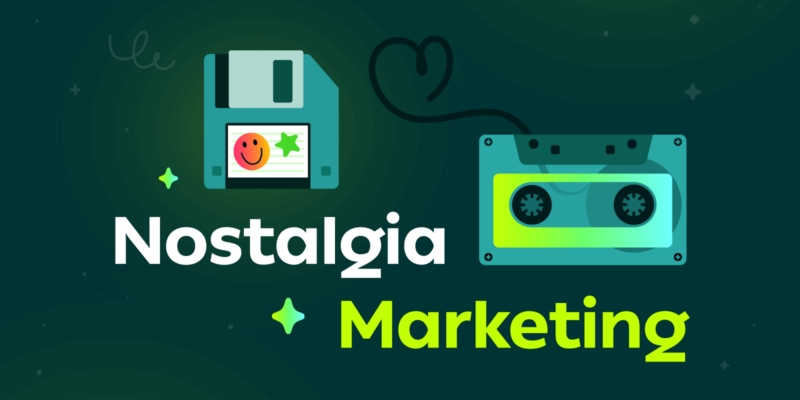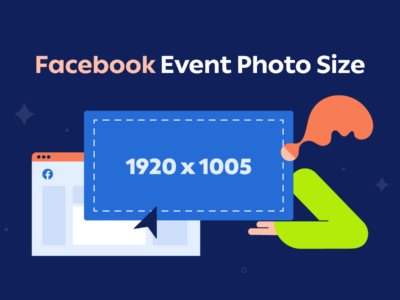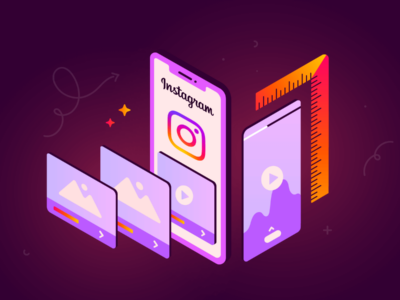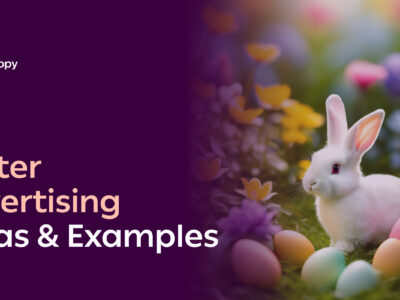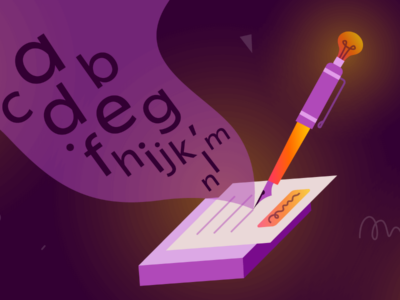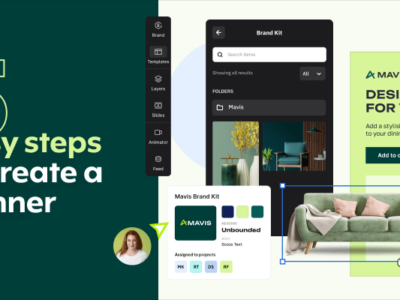Many studies have explored why nostalgia has such a strong draw. Some theories say it is part of how we create community, experience empathy, understand the past, and become closer to each other. For these reasons, among others, marketing professionals may use reminiscence to invoke a strong, emotional response.
While it can invoke both happy and sad feelings, when it comes to nostalgia marketing, marketers are often looking to invoke happy, wistful feelings. Using fonts, jingles, or color schemes from an audience segment’s childhood, for example, may make people feel excited, or invoke fond memories. Leveraging these feelings in your target audience can lead to marketing success, particularly among generations more likely to lean toward nostalgia.
Why Nostalgia Marketing Works
There are a couple of factors as to why nostalgia marketing works. One of them is the emotional side. According to Baer, advertisements that evoke strong emotions get more shares on social media platforms, which can translate to more leads, and more sales in the long run. This is why emotional marketing has been a staple of marketing practices for decades.
The memorable nature of this type of marketing is another factor for why it works. Since it’s nostalgic, people already have emotions and ties to the themes or imagery you’re using. Building off an existing connection can be much easier than trying to forge a new one when it comes to driving sales.
Types of Nostalgia Marketing
There are different ways that you can recapture feelings from the past, depending on the type of effect you’re looking to have, as well as your desired target audience. Certain approaches may be more effective depending on your brand ethos, the type of product, and your target demographic. Some types of nostalgia marketing may include:
- Event-based: Center your ad campaign around a famous event or time. For example, Invisalign’s “Not Your Parents Braces” campaign features callbacks to the time of dial-up internet and hand-crank car windows, to show how modern their clear aligners are by comparison.
- Callback: Calling back to a previous ad campaign can be another effective tactic. Revising and refreshing old campaigns can help build off of previous successes, and recapture positive feelings these campaigns evoked. Callback marketing could include old slogans, branding, and even old endorsements or spokespersons. For example, Dominos has recently brought back its 1980s character the Noid to revive the emotional appeal this popular character embodies.
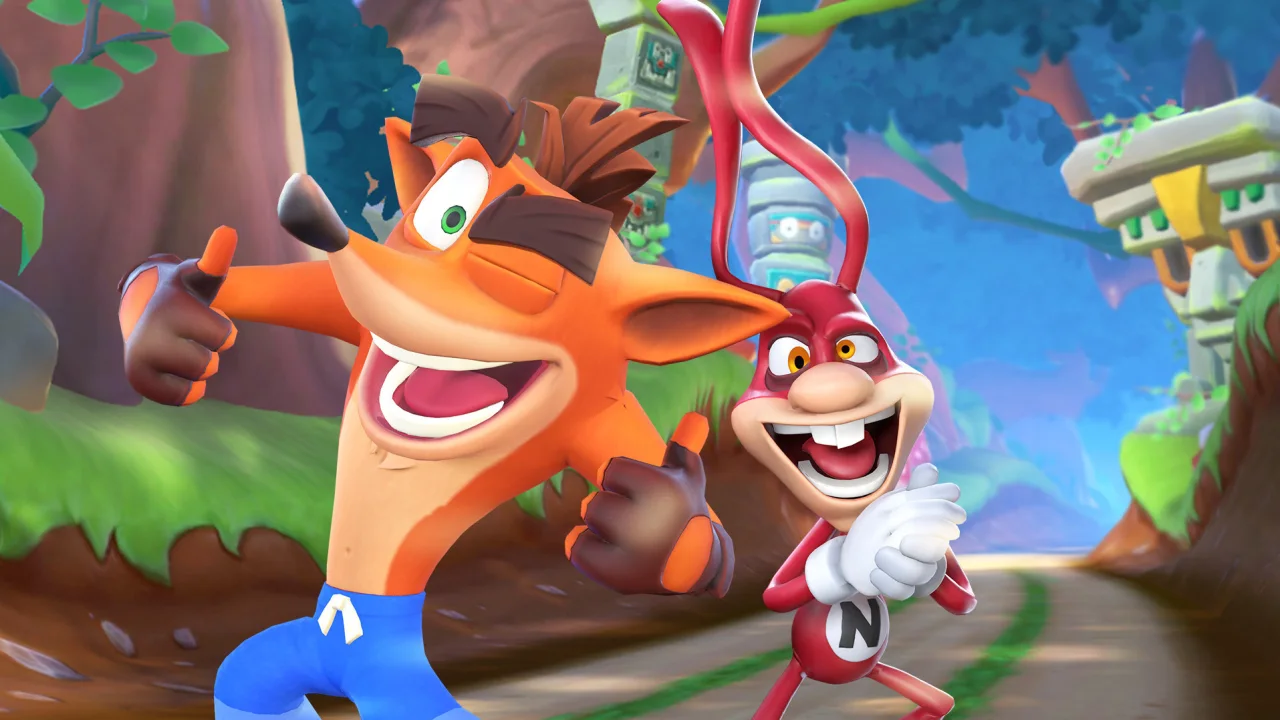
- Character-based: Bringing back old characters, or using famous characters to endorse your products is another great way to bring up fond memories. Apple nailed this with its Cookie Monster spot, which shows the Sesame Street character using Siri to bake cookies.
- Pop-culture-based: Similar to event-based campaigns, pop-culture-based marketing can use elements of pop culture from past periods to evoke nostalgic feelings. This could be popular color schemes, songs, and fashion from past decades. You can see examples of this in popular brands reimaging their vintage logos in colors and styles from past years.
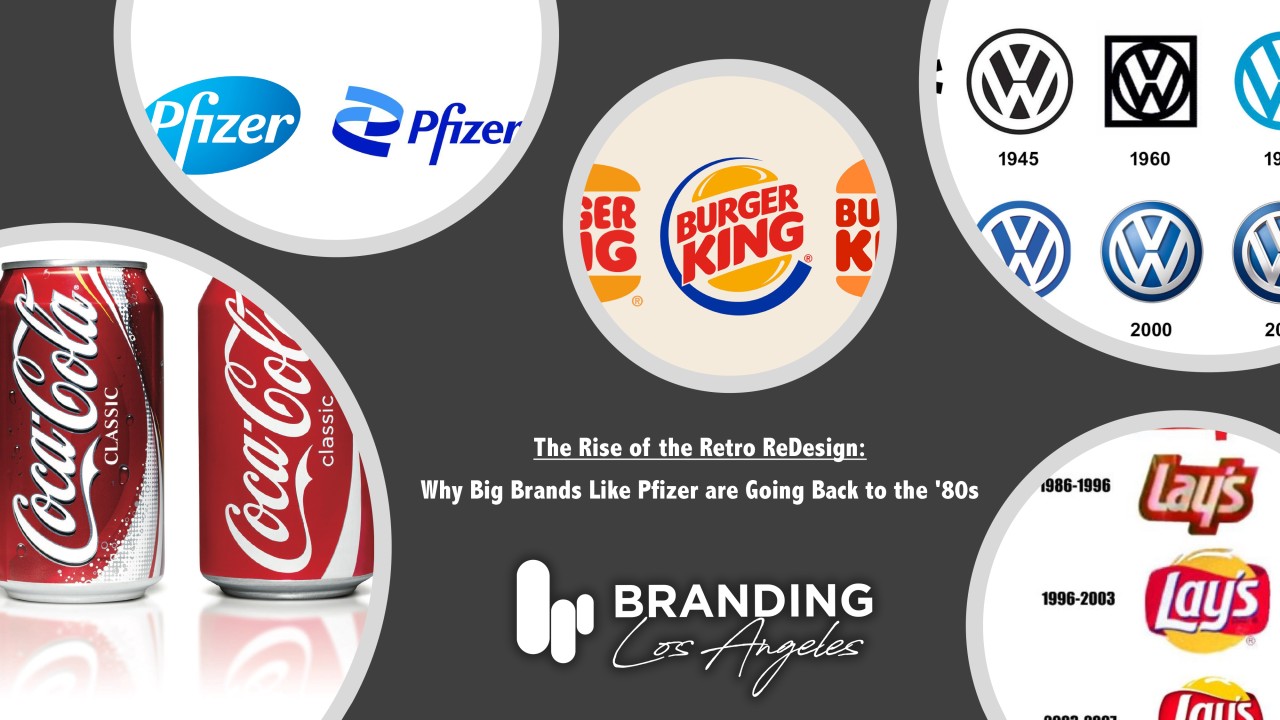
These are just a few directions you could take when leveraging the power of the past. However, it’s important to note that if you’re going to use these types of marketing, follow evergreen marketing best practices. This will prevent your campaigns from becoming the wrong kind of dated as time goes on.
Evergreen Marketing Best Practices
Campaigns that follow evergreen marketing best practices are more likely to remain relevant in the future. Like other marketing strategies, a nostalgia marketing strategy has to be applied skillfully. Using the following evergreen marketing best practices is a great way to ensure your campaign ages gracefully.
- Understand your target audience: You need to know precisely who you’re targeting, as different generations will find different things nostalgic. While your product or service may be suitable for a wide demographic, narrowing that demographic to a specific group is necessary to carry out a successful marketing campaign.
- Use design purposefully: The design for your branded items, including logos, needs to be purposeful. Certain decades, like the 80s and 90s, had very specific color palettes, and if your brand isn’t cohesive across platforms, the effect of your marketing materials may be weakened.
- Modernize the past: Nostalgia marketing isn’t about simply parroting old ad campaigns. This can be ineffectual at best and illegal under copyright law at worst. For your campaign to be truly successful, it needs to hit the emotional, evocative beats from the past, while still being able to appeal to modern consumers. This is especially important when it comes to inclusive language, which has come a long way in the advertising and marketing sphere.
- Review and understand copyright law: You need to be careful about what intellectual property you might be using from bygone years. Certain things, including characters, are in the public domain, but you can get in a lot of hot water using branded materials you don’t own.
By following these best practices, you can increase your chances of creating relevant, impactful, and marketing materials.
Examples of Nostalgia Marketing
Many huge brands have been using nostalgia marketing to draw more consumers. One example of this is Pepsi Co. bringing back Crystal Pepsi. Crystal Pepsi was one of the brand’s products from the 90s, and the company brought it back with a twist. The #ShowUsYour90s contest — the only way to possibly get any of the drinks — is generating interest for the Pepsi brand through clever engagement strategies.
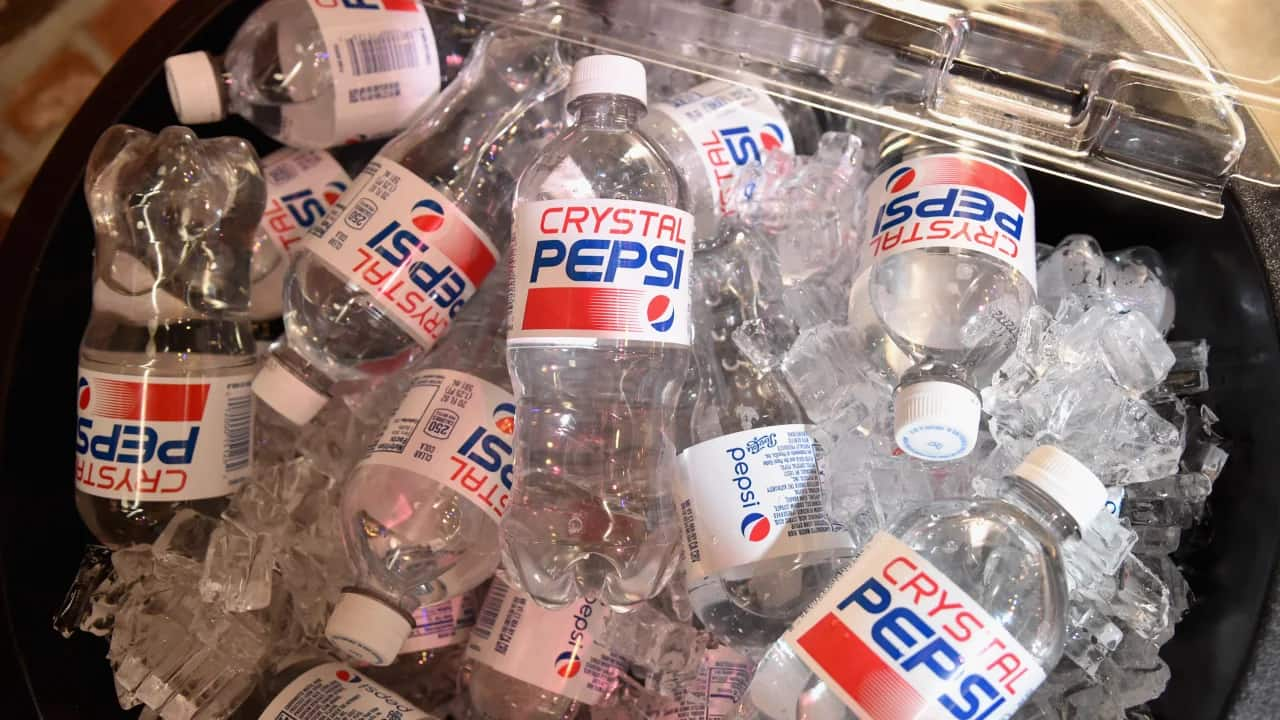
The Motorola Razr campaign is another example. Before smartphones, the Motorola Razr was one of the most popular phones on the market because of its simplicity and pocket size. Now, over 20 years later, the company has relaunched the iconic phone with an updated touchscreen to appeal to modern consumers.
The ad for this relaunch included the original Razr phone lifting off the table and peeling off layers until the new model, with a touchscreen, was revealed. This relaunch generated buzz for the brand during its unveiling in 2019, as flip-touch screens hadn’t yet been introduced. Motorola combining the familiar style with updated features is a perfect example of making the past modern.
Meanwhile, Nintendo used storytelling to tug heartstrings with its “Two Brothers” commercial. The narrative is simple: two brothers grow up, fighting and disagreeing as siblings sometimes do, until one of them realizes they can bond by playing Nintendo Switch together as adults. Then, we see flashbacks of them playing old-school Nintendo as kids. Even as it hearkens back to the old days, this ad also modernizes Nintendo by showing they can now play the system remotely instead of sitting in front of the same TV.
The Best Platforms for Nostalgia Marketing
When it comes to marketing on social media, some platforms are more suited for nostalgia marketing than others. The right platform will come down to the people you are trying to target. Gen Z uses social media differently than Gen X and will expect different things from their social media experience.
If you’re targeting a younger generation, short-video platforms like TikTok, which utilizes meme culture, will be most lucrative. However, if you’re wanting to use more satire, and appeal to millennials, you might find more success somewhere like Twitter.
Tools To Support Evergreen Nostalgia Marketing Efforts
As we’ve mentioned, the most effective nostalgia branding efforts share a consistent branding element throughout the campaign. While the content and strategy of the materials may vary across platforms, elements like lettering, color, and messaging should be consistent. The following tools can help you design these elements for every platform you may use:
While these are not the only tools that can help you create your nostalgic branding materials, these are the basics that can help you get started. Other tools could include photo editing software, content publishing managers, and analytics dashboards. Your company may require more resources, depending on its size and marketing budget.
Nostalgia is a powerful tool for invoking memory. Brands can effectively use this tool to drive sales and attention toward their services and products in a way that leaves consumers feeling uplifted, excited, and young again. By following the best practices for creating evergreen content, and using cross-platform tools to support your design efforts, you can build the basics of a very successful campaign.
